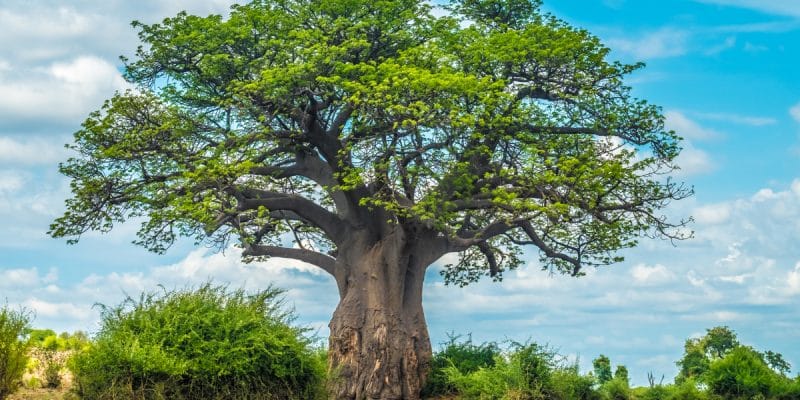The Food and Agriculture Organization of the United Nations (FAO) warns the international opinion about the disappearance of twelve species of wild plants. These plants, seven of which are found in Africa, are being silently overexploited, endangering their existence.
On the occasion of World Earth Day, which was celebrated on April 22, 2022, the Food and Agriculture Organization of the United Nations (FAO) published a report on the overexploitation of certain wild plants. The report, entitled “Flora at a Glance: Assessing the Risks and Opportunities of Trade in Wild Plant Ingredients,” draws the attention of the international community to the need for sustainable use of wild-collected plants.
In collaboration with Traffic, a global non-governmental organization (NGO) working on the wildlife trade, and the International Union for Conservation of Nature (IUCN), FAO deplores the endangerment of 12 flagship wild species, parts of which are commonly used in domestic applications. Seven varieties of these wild plants or substances derived from wild plants are exploited in Africa. They are: Incense, Pygeum, Shea, Gum Arabic, Argan, Baobab and Liquorice.
Plant species facing a strong demand
Frankincense is one of the wild plants whose conservation status is of concern. Found in northeast Africa, this tree resin is used directly in the form of incense, as well as for aromatherapy, cosmetics, perfumes and traditional medicine.
Read also-AFRICA: Creation of a business forum for sustainable forestry
Yet the demand for wild plant ingredients continues to grow, especially in the so-called developed world. According to some estimates, consumers in the United States of America alone spent $11.3 billion on natural food supplements in 2020, and preliminary data show that the Covid-19 pandemic has led to a renewed interest in the use of wild plants as ingredients in traditional and modern medicines.
Globally, a study by Rhodes University in South Africa estimates that up to 5.8 billion people may use wild or semi-wild plants. For the FAO, a rational supply of these ingredients can contribute to broader conservation of flora and thus improve the livelihoods of some of the world’s most marginalized populations.
Boris Ngounou







